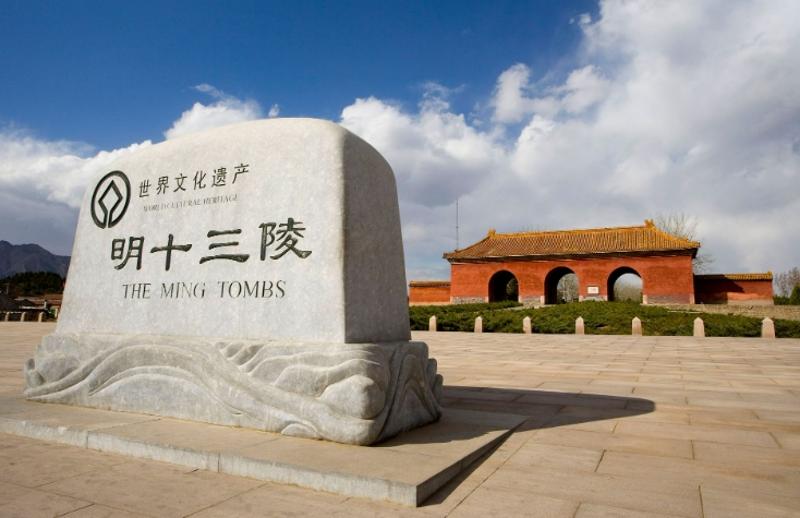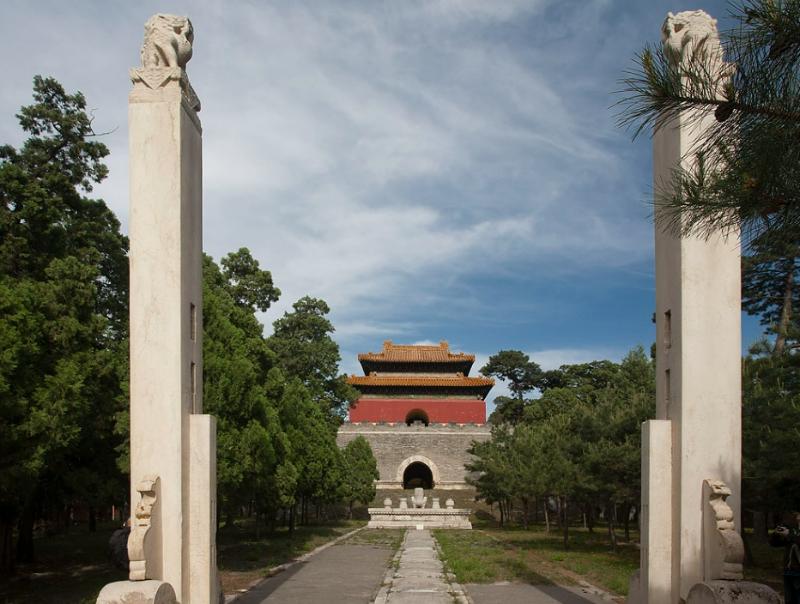Why were the Ming Tombs built?
Beijing's Ming Tombs, as the burial site of thirteen emperors of the Ming Dynasty, is steeped in profound historical background, rich cultural connotations, and unique geographical location. The following is an in-depth analysis and interpretation of this historical architectural complex.

Historical Background
After Emperor Chengzu of the Ming Dynasty, Zhu Di, seized the throne through the "Jingnan Campaign," he decided to find an auspicious location around Beijing to bury himself and future emperors, aiming to consolidate his regime and demonstrate royal dignity. Multiple feng shui masters participated in selecting the tomb site, eventually choosing the foot of Tianshou Mountain in Changping District. It is rumored that during the site selection process, there was a small episode. Emperor Chengzu personally visited the site, and when he arrived at Tianshou Mountain, he was attracted by the scenic landscapes and believed that the feng shui here was excellent, suitable for burying emperors. Thus, the location of the Ming Tombs was decided.
Throughout the history of the Ming Dynasty, the Ming Tombs witnessed the rise and fall of many emperors. Each emperor would begin preparing their tomb at the beginning of their reign, hoping to have a place to rest after their death. This reflects the ancient people's profound understanding and awe of life, death, and reincarnation.
Cultural Connotations
The Ming Tombs are not just cold tombs but also treasures of ancient Chinese culture. These tombs are home to numerous precious cultural relics and works of art. Among them, the golden crown of Emperor Wanli and the phoenix crown of the Empress, unearthed from Dingling Tomb, are masterpieces of Ming Dynasty gold and silver craftsmanship. The pearls and gemstones embedded in them glitter brilliantly, showcasing the luxury and dignity of the royal aristocracy. In addition, there are exquisite jade artifacts, ceramics, and other burial objects, all reflecting the superb skills of Ming Dynasty craftsmen.
It's worth mentioning that a large number of mural paintings and stone carvings have also been discovered in the Ming Tombs. These mural paintings are vibrant in color and rich in content, vividly depicting the social life and court culture of that time. The stone carvings, with their exquisite carving skills and delicate lines, showcase the superb level of Ming Dynasty stone carving art.
Geographical Location
The geographical location of the Ming Tombs is also unique. It is located at the foot of Tianshou Mountain in the northern part of Changping District, Beijing. Surrounded by mountains on three sides and relying on water, it forms a natural protective barrier. At the same time, this geographical location also implies the dignity and inviolability of the royal tombs. Each tomb is built against the mountain, harmoniously integrated with the surrounding natural environment, reflecting both royal dignity and the philosophical reflection of the ancients on life and death.
Protection and Inheritance
As an important heritage of Chinese history and culture, the Ming Tombs have received great attention and protection from the country. In 1957, it was listed as the first batch of key cultural relic protection units in Beijing. In 1961, it was listed as the first batch of national key cultural relic protection units by the State Council of the People's Republic of China. In 2003, the Ming Tombs were also included in the "World Heritage List" as an expansion project of the Ming and Qing royal tombs, further highlighting their important position in world cultural heritage.

Conclusion
As an outstanding representative of ancient Chinese royal tomb architecture, Beijing's Ming Tombs not only carry profound historical and cultural heritage but also preserve a large number of precious cultural relics and works of art. Each tomb has witnessed the rise and fall of the Ming Dynasty and pays tribute to those ancestors who once created a glorious history. Nowadays, the Ming Tombs have become a tourist attraction that attracts domestic and foreign tourists alike. It will continue to attract people from all over the world to explore the history and culture of the Ming Dynasty with its unique charm.